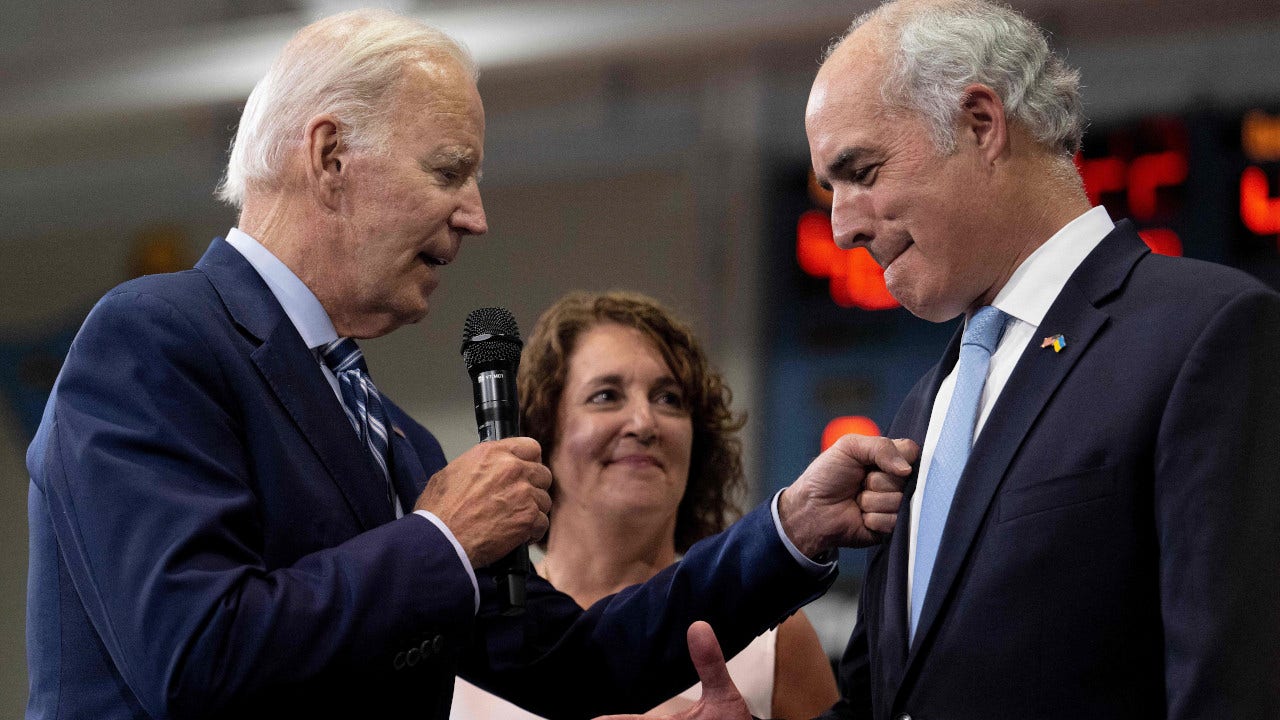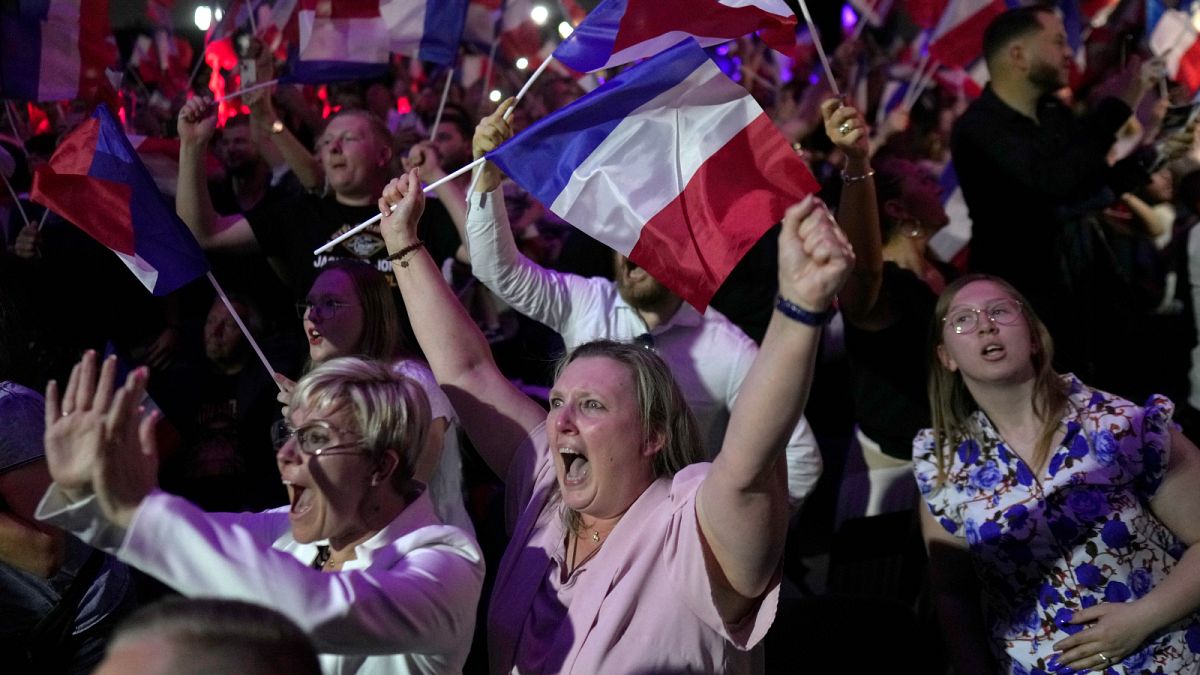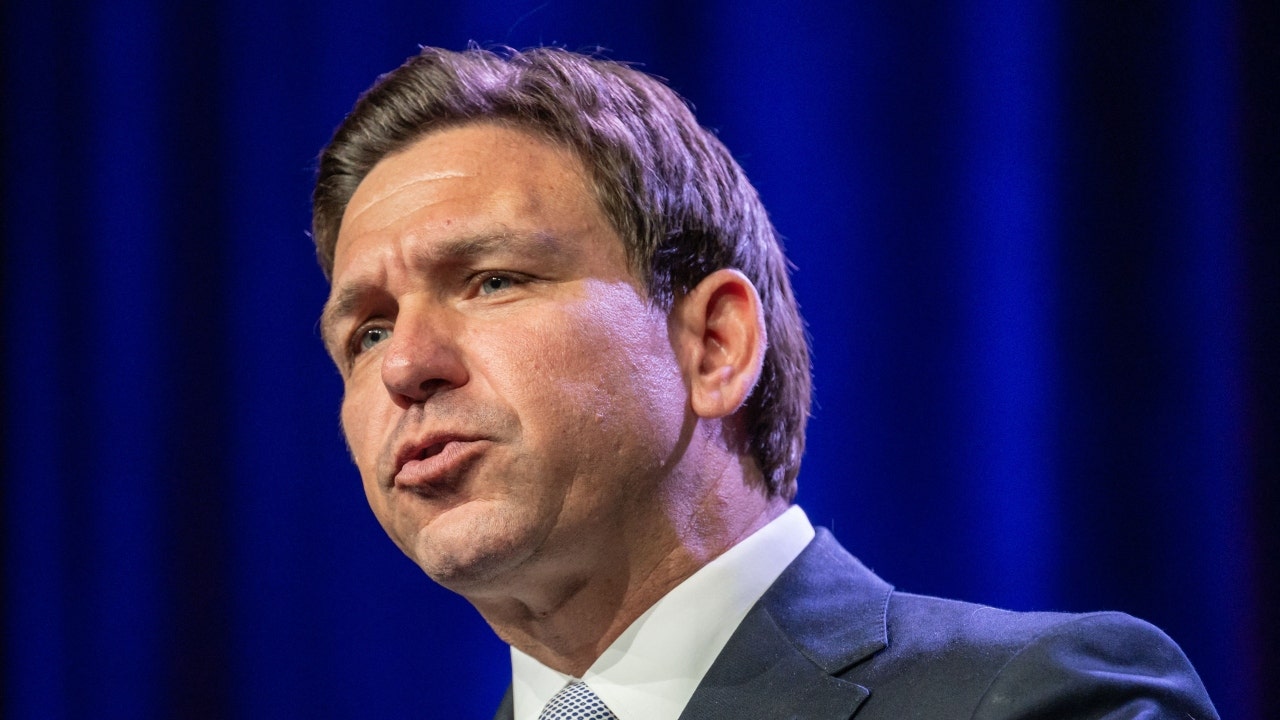The big-box US retailer Target is struggling to return to growth a year after backlash against LGBT+ themed merchandise triggered sharp declines in sales, while arch-rival Walmart is luring more of the affluent customers that form the backbone of its business.
Target won legions of fans starting in the 1990s with stylish in-house brands and advertising that lent its stores an aura of affordable chic. Annual revenue exploded to more than $100bn after the onset of Covid-19 as cash-rich consumers found they could buy most anything they wanted in a single place, minimising the risk of contagion.
But sales have faltered as inflation leads shoppers to put fewer items in its iconic red plastic shopping carts. Some observers wonder if Target — affectionately called “Tarzhay” by regulars — is losing cachet.
“They have a pandemic hangover,” said Chris Walton, a former Target executive who runs Omni Talk, a retail sector-focused media company. Target declined to make executives available for interviews.
In the past week Target announced a series of changes as it tries, in the words of chief executive Brian Cornell, to “get back to growth”. The Minneapolis-based company started a search for a new chief marketing officer less than a year after the current one, Lisa Roath, took the job (she is moving to a new role next year).
Target also announced a deal to allow some third-party merchants from Shopify, the Canadian ecommerce platform, to sell products through its online marketplace. And it rolled out plans to load a generative AI chatbot on the devices carried by clerks at its nearly 2,000 US stores to improve efficiency.
To boost sales volumes, Target is cutting prices on thousands of products from sports drinks to laundry soap this summer.
The changes come after a dismal year for Target even as several other mass merchandisers flourish. Comparable sales have declined in each of the past four quarters. Executives predict a modest improvement over the course of the fiscal year, with sales ranging between unchanged and up 2 per cent.
The sales decline began a year ago, when in addition to the effects of inflation and higher interest rates Target dealt with a backlash — including bomb threats to stores — against LGBT+ oriented merchandise prominently displayed to celebrate Pride month in 2023. Complaints centred on items for children and “tuck-friendly” women’s-style adult swimsuits with extra room for a wearer’s penis.
Comparable sales in the second quarter of 2023 shrank by 5.4 per cent, the most since the global financial crisis, in part due to what an executive called a “strong reaction to this year’s Pride assortment”.
The controversy illustrated how consumer brands endorsing social issues have become enmeshed in American culture wars. On Thursday, Tractor Supply, a farm and garden retailer, eliminated diversity and inclusion goals and said it would stop sponsoring Pride festivals after pressure from rightwing critics began to drive down its share price.

Target this year said it would sell Pride month merchandise online and in some, but not all, stores. One store visited by the Financial Times this week contained no signs of it, while another featured a Pride kiosk in the middle of the store with rainbow-adorned dresses, shirts and totes and packs of multicoloured “LED Pride string lights”.
The amount of negative feedback around the Pride collection, both internally and externally, has been significantly lower this year than in 2023, a company representative said.
Steven Shemesh, a retail analyst at RBC Capital Markets, said the financial impact of the Pride controversy was temporary, making the continued softness in sales a sign of deeper issues.
Target was particularly vulnerable to the inflation surge because of its heavy dependence of discretionary items such as linens, home decor and toys, which consumers spent less on as they stretched their dollars on staples. Groceries accounted for 23 per cent of its sales last year compared with 60 per cent for Walmart. “Whenever there’s a macro slowdown, they’re more exposed,” Shemesh said.
This exposure has been reflected in Target’s share price: up 2 per cent in the past two years, while the S&P 500 index has rallied by 43 per cent and Walmart by 66 per cent.
Cornell’s plan to restore growth includes adding more than 300 stores to increase annual sales by about $15bn in 10 years, while remodelling hundreds of others. New private-label brands will be launched as they “help keep our edges sharp on the newness, discovery and affordability consumers crave in the market and find at Target”, he told an investor event earlier this year. The company aims to return to the 6 per cent operating profit margins it routinely surpassed before the pandemic.
Survey data from Numerator, a market research group, showed Target customers are more likely to be middle or high income, younger, female and urban or suburban. They include shoppers such as Stacy Irwin, a resident of an affluent suburban New Jersey town who this week dropped into a Target store to buy bedsheets.
“If there was a Walmart nearby I’d end up there more for its prices, but the vibe here is a little bit . . . cooler,” the mother of two said.
Walmart has been making inroads with richer consumers, however. The world’s largest retailer’s US sales have been rising, in contrast with Target’s, and it recently flagged households making more than $100,000 a year as a major source of demand.
“My immediate reaction was, ‘That is bad: they are Target’s bullseye,’ so to speak,” said Toopan Bagchi, a former vice-president at Target who leads Starship Advisors, a retail consultancy. “It’s concerning from Target’s perspective that Walmart saw an increase in traffic from Target’s traditional stronghold of higher-income consumers, because Target’s business model relies on those consumers to buy a lot of discretionary, non-food items with higher margins.”
Target’s heavy reliance on in-house private-label brands means that its announced price cuts could cause a bigger sales hit than markdowns where outside vendors share the pain. “Historically, price wars do not benefit retailers’ margins,” said Jodi Love, a portfolio manager at T Rowe Price who holds Walmart but not Target in her funds.
Walmart, Target and other store-based retailers have poured money into ecommerce as Amazon disrupted their brick-and-mortar businesses. Amazon has a 40.4 per cent share of US retail ecommerce, far surpassing Walmart’s 7.8 per cent and Target’s 1.7 per cent, according to Emarketer.
Oliver Chen, a TD Cowen analyst, said Walmart’s ecommerce business was on a quicker path to profitability than Target’s. BNP Paribas Exane, the only broker with a sell rating on Target, argued that online market share gains from rivals including Amazon, Walmart and China-based deep discounter Temu threatened Target’s $106bn in total sales, not just online sales.
Target has tied most of its digital growth to its store footprint, enabling online customers to pick up orders at their local outlet or receive a speedy home delivery. “So if you think store shopping will wind down anytime in the next decade, we’ll politely disagree on that point,” Cornell told analysts earlier this year.































